"Made in China" stunned: The TV got thinner than a lightning bolt! It's still half as thin as a smartphone!
During the Golden Week of 2017, in a large electronics store in Shenzhen, an ultra-thin TV from a domestic brand made a bold entrance. Passersby couldn’t help but stop and admire its sleek design.
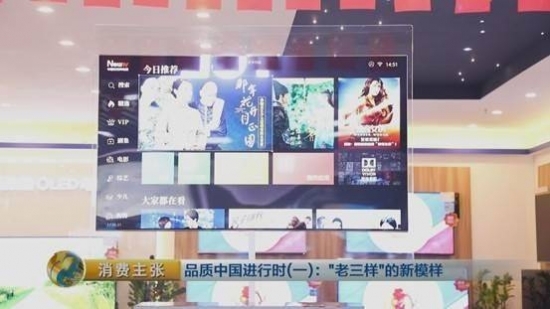
A customer said, "I was really surprised. I didn't expect the TV to be so thin. It looked like a painting. This is the thinnest TV I’ve ever seen."
The screen appeared to be stuck on the glass like a painting, almost floating in the air. People were amazed by how thin the TV was. What exactly makes it so slim?
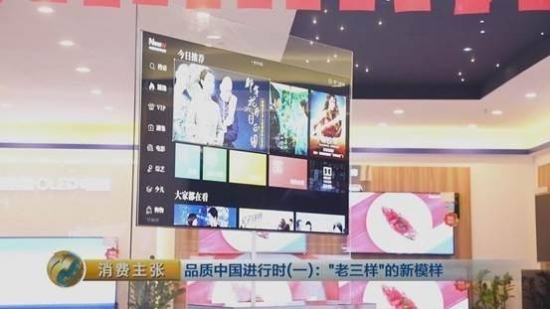
In the lab, engineers used professional tools to measure it. The thickness of this TV is just 3.65mm. For comparison, the latest Apple iPhone 8 is about 7mm thick. So this TV is less than half the thickness of the phone.
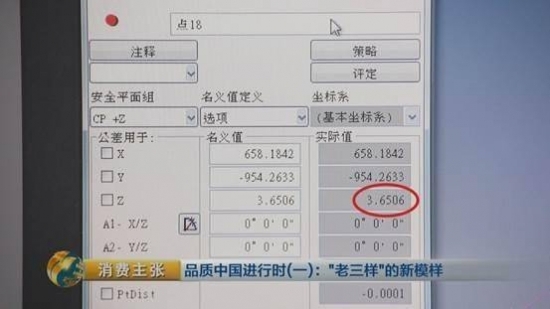
Two one-yuan coins stacked together are about 3.7mm thick, and this TV is even thinner. It’s currently the thinnest TV made by a Chinese company.
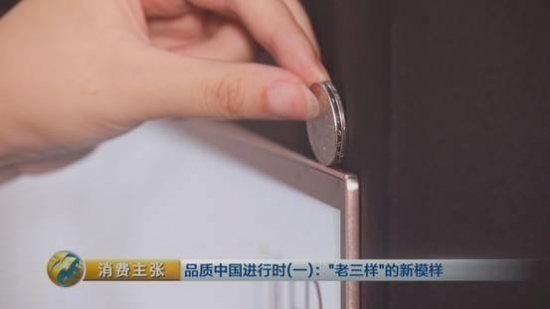
Yao Wenxing, an engineer at a home appliance R&D center, explained, "Ultra-thin screens require more advanced manufacturing processes, which can lower production yield and increase costs. Heat dissipation and structural deformation are also major challenges. A stronger backplane is needed to keep the screen flat."
Since 1958, when China produced its first television, the industry has grown rapidly. By 1987, China had become the world's largest TV producer, surpassing Japan after 29 years of development. Since then, Chinese manufacturing has continued to lead globally in the TV sector.

In a Beijing store, a reporter saw the world's first AI-powered TV with voiceprint recognition. No remote control is needed—just say the TV's name within a certain range, and it turns on automatically.

Ms. Wu, a resident in Beijing, recently bought such a TV. While cleaning, she controls the TV simply by speaking. She feels the joy of AI technology made in China.
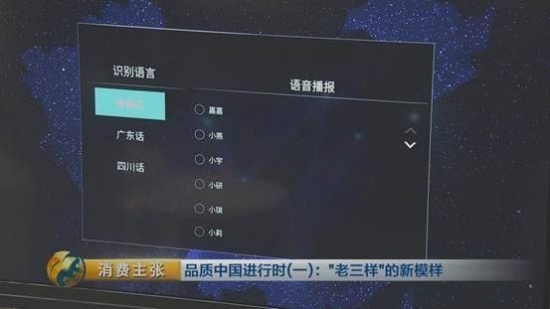
Consumer: "I want to listen to school songs."
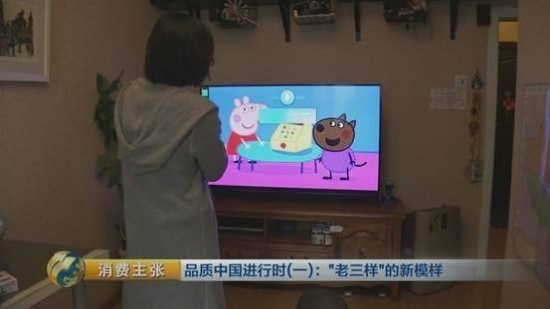
Over the past two years, AI technology has advanced quickly. With the support of cloud computing and big data, most leading Chinese TV brands have launched their own AI TVs.

Mr. Qiu, a TV enthusiast from Qingdao, recently chose a domestic laser TV. He said, "When watching, I found that the screen is large, and the most important thing is that it’s much easier on the eyes."
Compared to LCD TVs, laser TVs use reflected light, making them more eye-friendly and energy-efficient. The light appears softer, reducing eye strain.
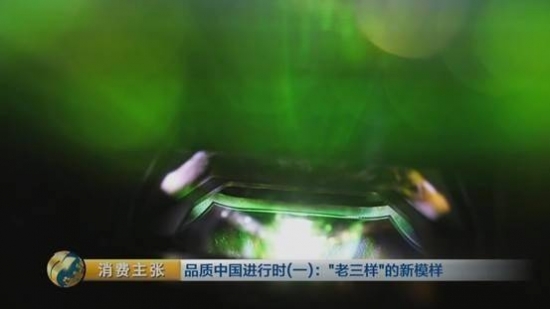
Gao Yuling, a deputy general manager of a home appliance company, said, "Since it uses reflective imaging, it’s more comfortable for long viewing compared to direct light entering the eye."
Unlike traditional projectors that required long distances, modern laser TVs only need 18 cm from the wall to project a 100 cm image. In the past, this would have required 3 to 4 meters.
Gao Yuling added, "Over the past 30 years, China’s R&D capabilities have improved rapidly. Previously, there were several years’ gaps between our products and foreign ones. Now, there is no gap, and sometimes we even lead."
As a graduate of Peking University’s Radio Department in 1986, Gao started his career at the Qingdao Television Factory. He has witnessed the fastest growth in China’s TV manufacturing. For the rise of independent Chinese TV brands, he feels a deep sense of pride.
He also noted, "Today, doing something new is not as difficult as before. The environment is more suitable for innovation, and technical staff have more freedom to bring their ideas to life."
In 2016, China accounted for 65% of global refrigerators, 58% of TVs, and 44% of washing machines. Chinese products are not only affordable but also match or exceed foreign brands in quality. Some unique technologies and processes are even leading the world.
Wenzhou Hesheng Electronic Co., Ltd. , https://www.heshengelec.com
